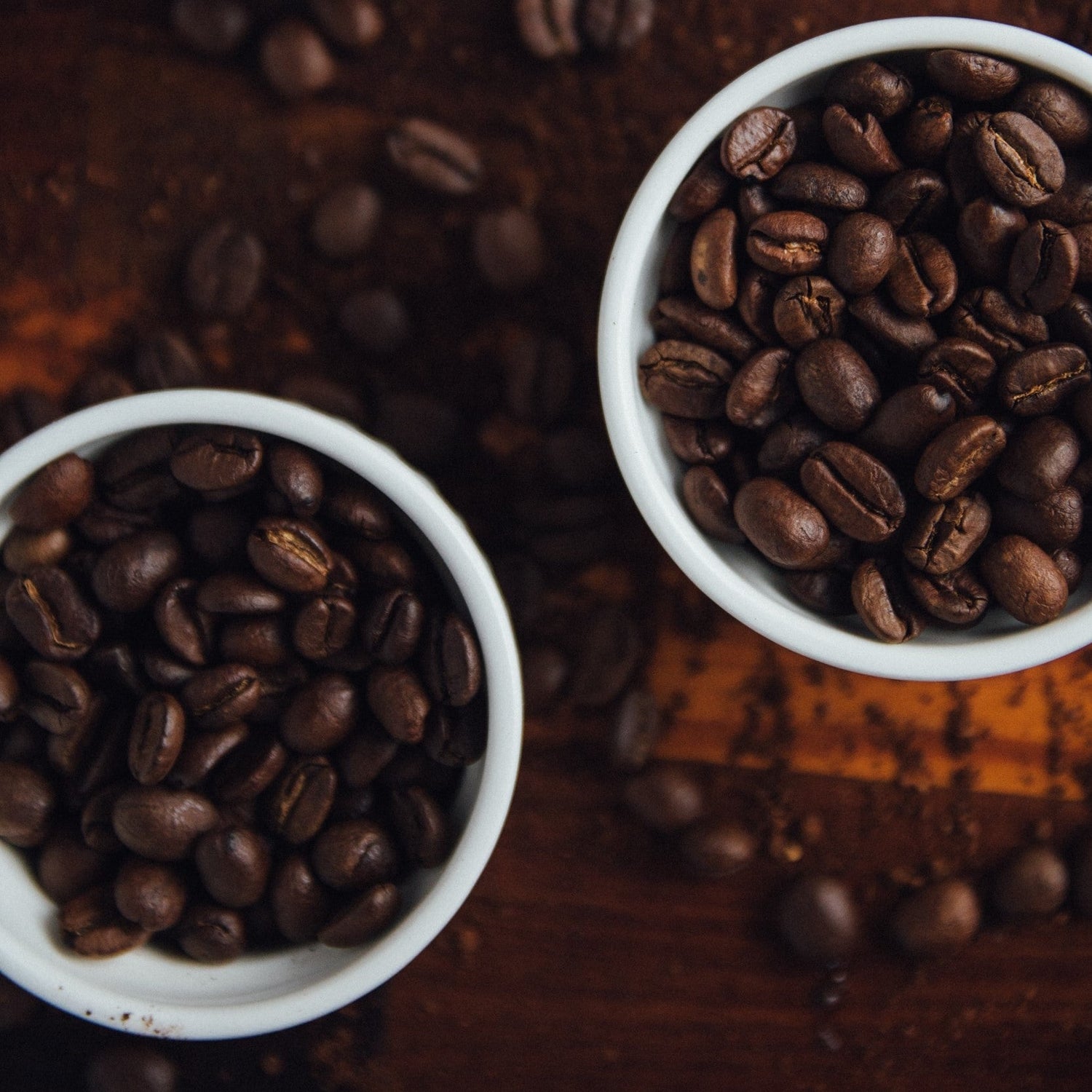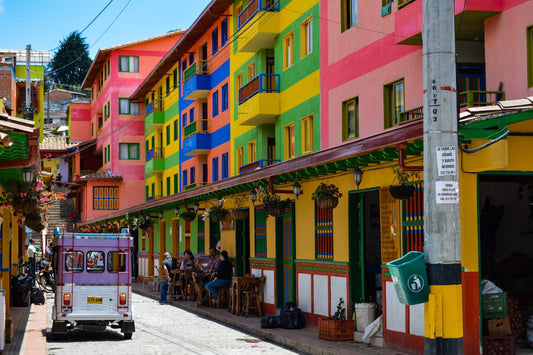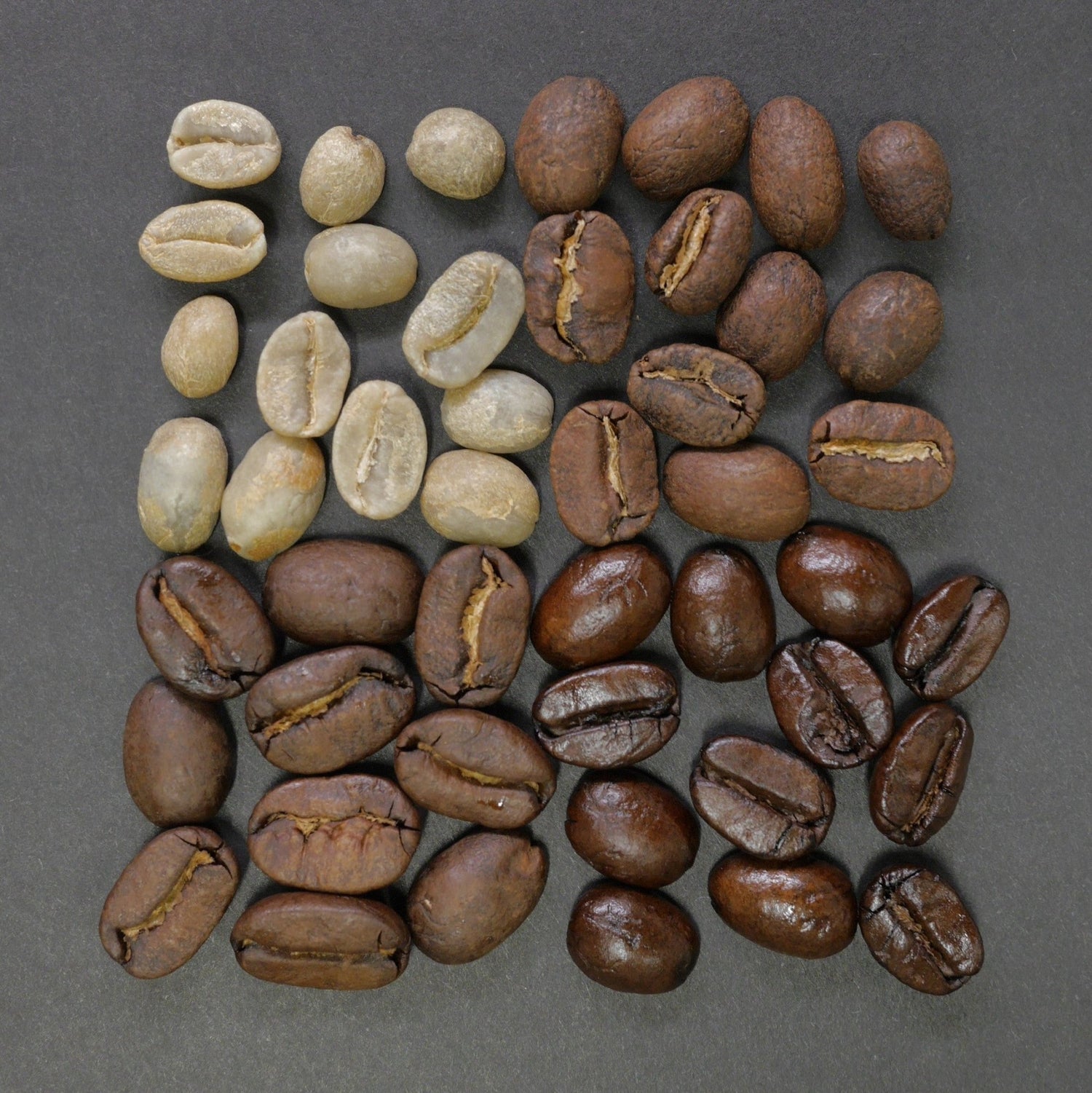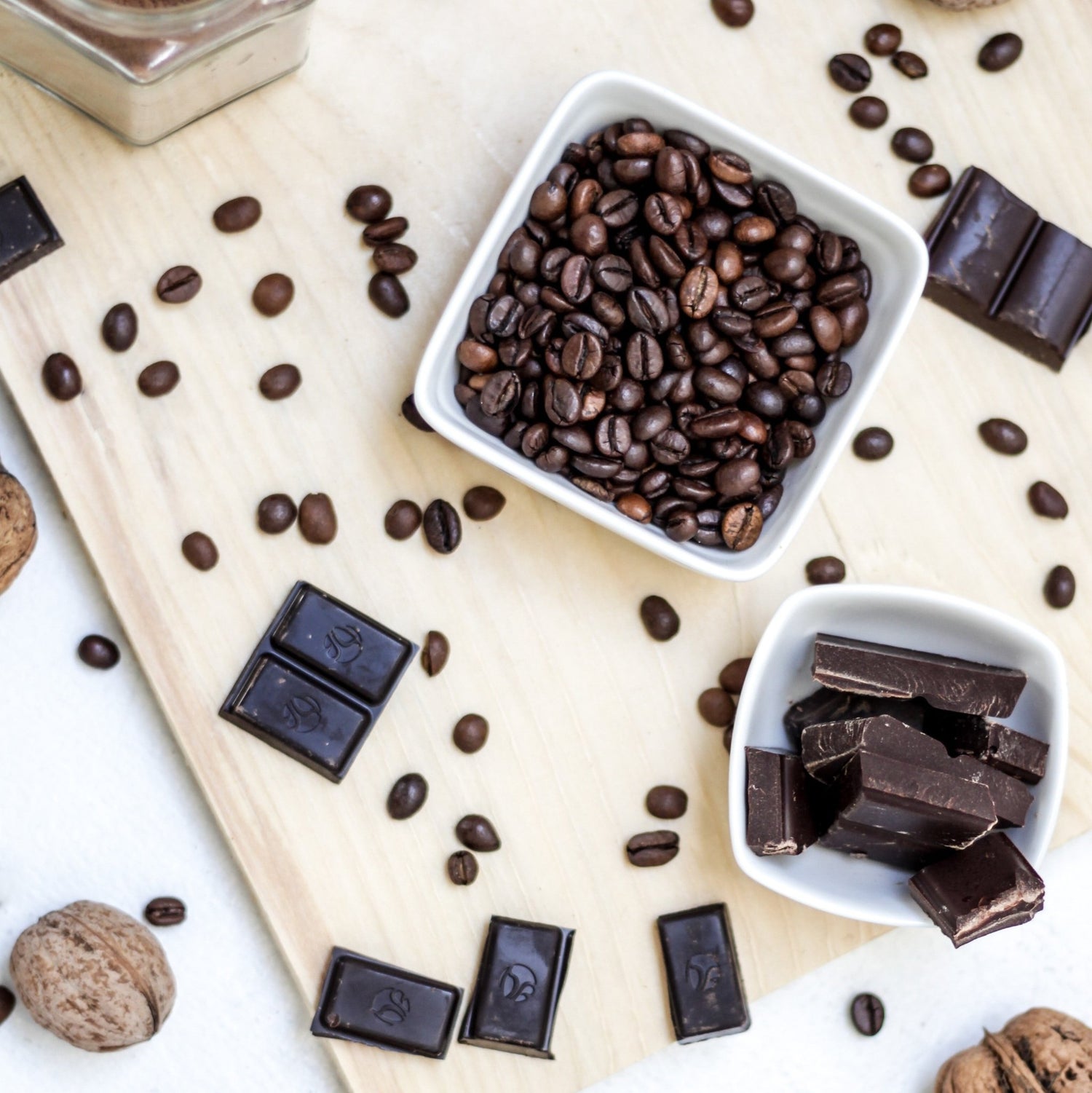Recently, the term "terroir" has spilled over to coffee as well, as the unique growing conditions and environmental factors of a given region can have a significant effect on coffee beans and their quality. As with wine, the terroir of the place where coffee is grown can have a significant impact on the final coffee's flavor and aroma. Let's look at how soil, drainage, sunlight, rain, and elevation can all affect the quality of both wine and coffee.

Some Central and South American countries, like Colombia and Costa Rica, grow coffee best in their more acidic soils. The coffee beans in these areas are known for their high acidity and bright flavor. African countries like Ethiopia and Kenya are examples of coffee growing regions with more alkaline soils. Coffee beans from these areas typically have a smoother and sweeter flavor.
Drainage: Both the production of wine and coffee depends on good drainage, which assures that the plants receive an adequate amount of water without becoming waterlogged. Clay soils are notorious for retaining water, while volcanic soils are excellent at draining quickly and retaining only the water they need.

Grapes grown in cooler climates, like those found in Germany and Austria, typically receive less sunlight, resulting in wine with a lighter body and a higher acidity. To a similar extent, coffee beans harvested from plants cultivated in areas with less sunlight have a lighter body and higher acidity. In contrast, grapes grown in warmer climates, such as those found in California and Italy, receive more sunlight, resulting in wine with a fuller body and lower acidity. Likewise, coffee plants produce beans that are more robust and flavorful.
Elevation: Altitude is a key factor in both wine and coffee production, as it can have a substantial impact on the climatic conditions experienced by the plants and has a direct relationship with sunlight and rain. At higher elevations, where the temperature is typically cooler and where there may be more rainfall in regions that are notoriously hot and dry, wine and coffee plants flourish. Slower maturation at higher altitudes (a result of more hours of sunlight and cooler temperatures) results in wine and coffee with a denser structure and a more complex flavor profile.









